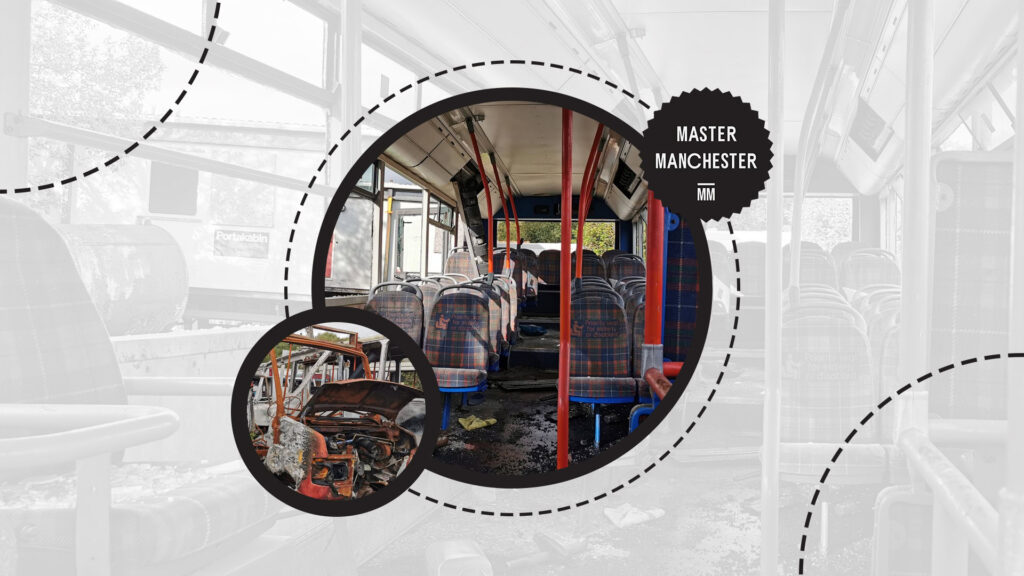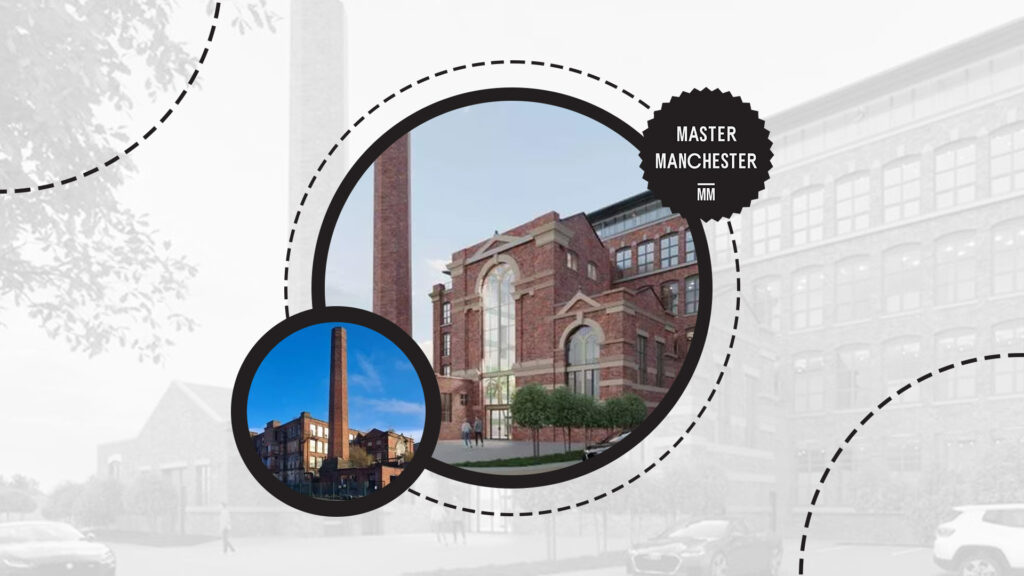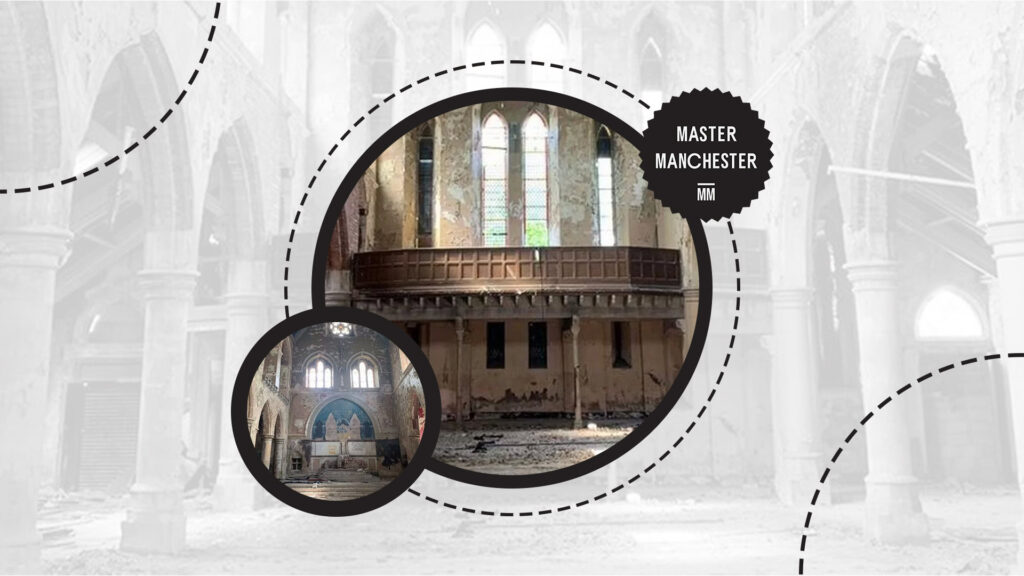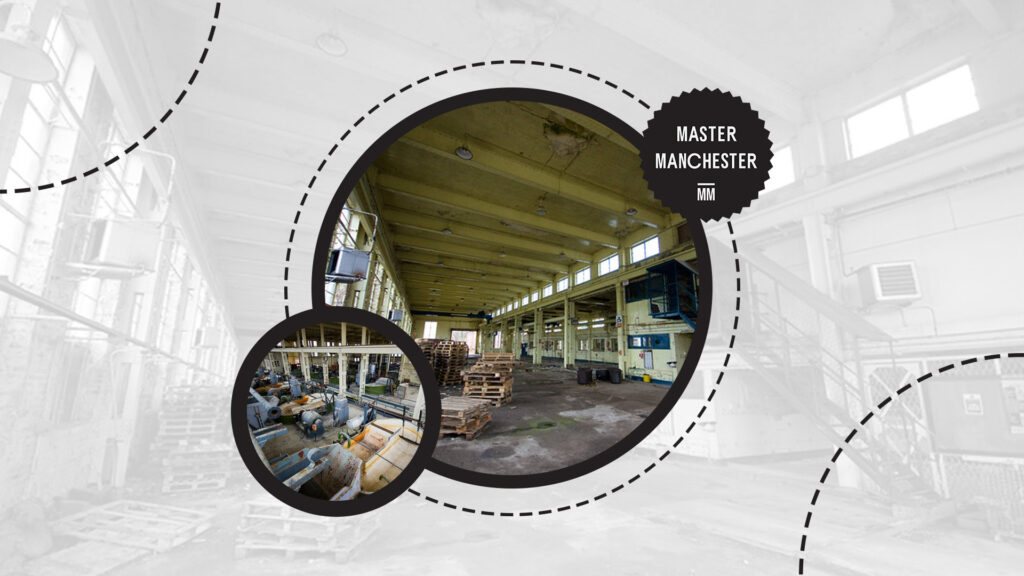Categories > Guides and Tips

Worth Exploring: 15 Abandoned Buildings in Wigan for Urbex Enthusiasts
- Several Shops Along King Street
- Gateway House
- Blakeley's Recycling - Platt Bridge
- The Dover Lock Inn
- Shanghai Palace
- St John the Baptist Junior School
- Victoria Hotel - Platt Bridge
- Brentwood House
- Eckersley Mill
- Rylands Mill
- Winstanley Hall
- St Joseph’s College Up Holland
- Lower Tower Hill Farmhouse
- Brock Mill (Haigh Foundry)
- St Joseph’s Roman Catholic Church
- Royal Ordnance Factory (ROF) - Standish Munitions Storage
Wigan, a town in Greater Manchester (historically part of Lancashire), is rich in history, making it a treasure trove for historians and urban explorers.
We don’t really encourage you to have an urban exploration (“urbex”) trip because of its potential illegality and danger to your own property, life, and limb. Moreover, it’s real easy to just point you towards any Wigan park.
However, we can’t resist sharing the fascinating stories behind Wigan’s abandoned and forgotten places. So, please join us as we list the most interesting abandoned places around Wigan that still exist today. Let’s begin!
Several Shops Along King Street

Let’s start with the most accessible area around Wigan: King Street.
This stretch of old buildings has been standing since the Victorian era and was once a vibrant spot for commerce and nightlife. However, business declined consistently in the early 2000s.
While the ebb and flow of shops have always been part of its long, colourful history, it’s quite sad to see King Street’s current downturn.
It’s inadvisable to enter the closed buildings for legal and safety reasons, but anyone can easily walk along King Street to observe the boarded-up establishments from outside. While you’re in the area, take a peek at the Wigan Life Centre, too.
Gateway House

Another abandoned building near Wigan’s town centre is Gateway House, located off Standishgate beside Saint John’s Catholic Church.
Initially, it served as a convent and later became an all-girls high school. Its last and most notable occupant until being vacated in 2012 was Wigan Council’s Department of Education.
Compared to other structures on our list, Gateway House is relatively modern, having been constructed in the mid-20th century. Nature has started to reclaim the premises since it’s unused, but the damage isn’t extensive yet.
Unfortunately, Gateway House is scheduled for demolition to make way for the construction of eight apartments.
Blakeley’s Recycling – Platt Bridge

For fans of retro vehicles, this breaker’s yard is a treasure trove of retired public utility buses and container trucks.
While there’s not much information available about its history, we do know that it stands abandoned in Platt Bridge. The company that used to own it, Blakeley’s Recycling Limited, operated from 1982 until 2018.
Urbexers have found that access to the bus scrapyard is quite easy. The apparent lack of security and the yard’s low walls easily enable explorers to spot the area.
However, if you’re not keen on travelling just to see decaying buses, you might enjoy checking out just the online pictures or videos of the premises instead.
The Dover Lock Inn

The Dover Lock Inn, built around 1830, is located beside the Leeds and Liverpool Canal in Abram, Wigan. It was once a popular spot for locals and visitors to the nearby locks.
Despite its rich history, the inn couldn’t sustain itself and permanently closed in 2018. Since then, it has remained abandoned.
Plans to demolish the building for new housing have faced opposition because of concerns about the ecological impact on the nearby protected area, Abram Flashes.
The Dover Lock Inn still draws urban explorers in, even though it got damaged by fire in recent years.
Shanghai Palace

The Shanghai Palace, which succeeded Wigan’s beloved pub The Beer Engine, opened as a Chinese restaurant in 2009. It abruptly closed in 2016 because of significant debts owed to the Wigan Council.
Throughout its operation, the Shanghai Palace wasn’t so lucky either, as burglaries plagued it. Today, it stands decaying (we think its pantry still poses a severe biohazard).
The building awaits demolition by the local council to make way for new housing.
In the meantime, brave urban explorers venture inside to glimpse its eerie remains, including a legless grand piano that can still carry a tune.
St John the Baptist Junior School

When the schools in New Springs, Wigan, consolidated in 2004, St John the Baptist Junior School on Wigan Road closed down. Nearly twenty years later, its building still stands, decaying alongside relics of its vibrant scholarly past.
St John the Baptist is my personal favourite among the places on this list because it somehow kept an aura of the happy memories it accumulated over the years. Despite its interior being destroyed, it doesn’t feel eerie to me at all.
The private owner had plans to convert it into residential units, but those plans have yet to come to fruition.
Victoria Hotel – Platt Bridge

The Victoria Hotel (not to be confused with another building of the same name in Wallgate) is on Liverpool Road, just beside the former Platt Bridge railway station. The pub, which opened its doors in 1904, was a popular spot for locals.
Some elderly locals also call it “Tommy Ferrimond’s,” which we assume refers to one of its previous landlords. The exact closure date of the ‘Vic’ is unknown, but we suspect it was during the 1990s, as there are anecdotes of people still living there in the late ’80s.
There have been attempts to restore the structure to its former glory, but for reasons unknown, such attempts have ended abruptly, leaving the Victoria Hotel in its crumbling state.
Nowadays, the only visits it gets are from adventurous urban explorers.
Brentwood House

Architect George Heaton designed Brentwood House in 1891 for William Woods, a veterinary surgeon, who sadly passed away before he could live in it.
Perhaps owing to its great location and history, the house had different uses throughout the centuries. Now, it’s been laying idle for about 20 years.
Wigan Council’s latest plan is to convert Brentwood House into three apartments. However, this plan has faced multiple objections from residents and has yet to be realised.
Today, people who love urbex have the building in their list. We really hope it’ll be brought back to life sometime soon.
Eckersley Mill

Eckersley Mill is one of Wigan’s most notable historic sites. Once one of the largest cotton mills in northwest England, it spans 17 acres and operated from the late 1800s until it closed around the 1980s.
The mill remained abandoned for over thirty years until Wigan Council approved its redevelopment into a commercial and office complex. The redevelopment began in early 2023 and is currently in its second phase.
With Eckersley Mill’s redevelopment on the go, it has moved beyond its “abandoned” phase, making exploration both banned and dangerous. You can find videos of urbex aficionados touring it pre-construction, or personally drop by at nearby Wigan Pier instead.
Rylands Mill

Rylands Mill, a notable mid-Victorian era structure, got its name after its benefactor, John Rylands, Manchester’s first millionaire. This historic mill played a crucial role in the growth of Manchester’s textile industry, having housed around 60,000 spindles and 1,500 looms.
The mill has been abandoned since 2007 and has suffered multiple fires despite supposedly being fireproof. This situation led to its inclusion in The Victorian Society’s 2016 list of Top 10 Endangered Buildings in England and Wales.
Today, the future of Rylands Mill remains uncertain. Besides the daily wear from the elements, the mill is deteriorating because of vandalism.
Winstanley Hall

Winstanley Hall, one of the oldest sites on our list, is a stunning example of Tudor architecture in Wigan. Built by the Winstanley family in the late 1500s (during the Elizabethan era), it has unfortunately suffered from neglect since the 1980s.
In 2012, SAVE Britain’s Heritage had a campaign to raise funds to delay the decay and prevent the demolition of Winstanley Hall. However, despite these valiant efforts, the building today remains in poor condition and requires further restoration.
Urbex lovers continue to visit Winstanley Hall in person (at their own risk). But you can also just take a virtual tour through other urbexer’s videos to explore its historical charm in the comfort of your home.
St Joseph’s College Up Holland

St Joseph’s College, built in the 1880s, was a Roman Catholic seminary fondly known as “Up Holland” (also “Upholland”). It educated boys aged 11 and up in a semi-monastic environment, and trained men aged 18 to 24 for the ordained life.
Starting in the 1960s, the number of seminarians at Upholland declined, leading to its closure in 1992. The local diocese sold the property to a private developer, but redevelopment plans have not materialised ever since.
Today, the structures of St Joseph’s College are falling apart. It has become a favourite spot for urban explorers in Wigan for its picturesque views (do note that the area has patrols).
Lower Tower Hill Farmhouse

While we’re in Upholland, let us introduce you to the Lower Tower Hill Farmhouse. It may look worse for wear, but it’s actually a very historical building.
The farmhouse is believed to be built in the 17th century, with significant additions made in 1684. Its first known occupant was Thomas Hooton, a blacksmith.
The Lower Tower Hill Farmhouse somehow endures because it’s made of durable sandstone. Currently owned by a private company, there are no known restoration plans, partly because it’s a Grade II Listed building, which restricts redevelopment.
The interior shows clear signs of abandonment and vandalism, with many old items left inside the house. Additionally, there is evidence of repeated trespassing.
Brock Mill (Haigh Foundry)

This location’s Google Map pin reads as “Brock Mill.” However, the 1909 Lancashire Map shows it should actually be called the “Haigh Foundry,” as Brock Mill was actually a few miles further upstream River Douglas.
Both places were significant to the iron and locomotive industries in Lancashire during the early 19th century. Unfortunately, Brock Mill was converted to houses many years ago.
On the other hand, Haigh Foundry closed permanently in 1885 but got repurposed over the years, most recently in the early 2000s for producing herbal medicine. Many of its structures still stand today, although in very poor condition.
St Joseph’s Roman Catholic Church

You’re not seeing double; there’s another “St Joseph’s” on this list. This one, however, is a church and presbytery on Caroline Street that opened in 1871 and was abandoned in 1995.
Starting in the 1960s, housing developments in Wigan led to a gradual decline in this church’s congregation. As the local population dwindled, St Joseph’s became increasingly isolated.
Eventually, the diocese closed the church and sold it to a private developer.
Currently, there are no known plans for St Joseph’s, so it remains standing. The exterior still looks impressive despite nearly 30 years of abandonment, but the interior has suffered from vandalism and decay over the years.
Royal Ordnance Factory (ROF) – Standish Munitions Storage

This one is for the urbex pros.
During World War II, Wigan had four ROFs that produced ammunition and artillery shells. The most famous was Beech Hill (ROF No. 15), directly operated by the Crown, while another notable one was the privately-owned Bradley Lane in Standish.
From 1946 until about a decade later, Bradley Lane served as the first H.J. Heinz factory in Wigan (of the ketchup and beans fame). Today, the area hosts multiple smaller factories.
However, Bradley Lane’s munitions storage area, which once had multiple structures, got demolished after the war. Nature has reclaimed it, making it a fascinating spot for the adventurous to explore.





